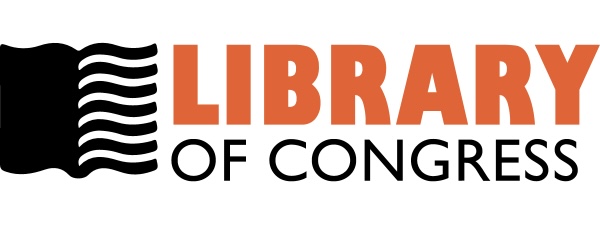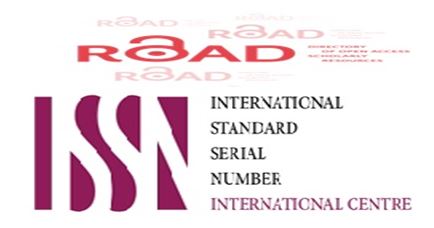The Utility of Paraspinal Mapping Technique in the Diagnosis of Lumbar Spinal Canal Stenosis.
DOI:
https://doi.org/10.32007/jfacmedbagdad.561440Keywords:
LSCS lumbar spinal canal stenosis, PSM paraspinal muscles, PM paraspinal mapping technique, R radiculopathy.Abstract
Background: Lumbar spinal canal stenosis (LSCS) is a disorder that causes neurologic deficit, pain and disability. It is common in the elderly, and increasingly encountered as the population ages. Because other causes of back pain are common and difficult to prove, it is possible that mechanical backache, in conjunction with coincident neuropathy or other unrelated leg complaint, might lead to inappropriate treatment including surgery. Thus, accurate diagnosis of the clinical syndrome of spinal stenosis using paraspinal mapping technique may be of critical importance.
Objectives: Asses the utility of paraspinal mapping technique in detecting the level of lumbar radiculopathies in patients with lumbar spinal canal stenosis.
Subjects and methods: Ninety seven (97) patients with LSCS with a mean age of (46.3±11.2) years and thirty four (34) healthy control subjects with a mean age of (42.8±8.8) years involved in the study. Needle EMG of lumbar paraspinal muscles in addition to eight lower limbs muscles were performed.
Results: Paraspinal muscles scores greater than 4 significantly differentiate the patients with LSCS from the control groups. The percentages of each level of lumbar radiculopathy by using paraspinal mapping technique differ from those by using lower limbs electromyography (EMG) for example right and left L5 radiculopathy 19.6%, 18.6% using EMG of PSM when compared with 78.2%, 79.4% using EMG of lower limbs muscles, and the percentages will increase by combination of both tests in such a way that RT and LT L5 radiculopathy increase to 84.5%, 82.5%.
Conclusion: Paraspinal mapping technique is a sensitive, useful, quantifiable and quite effective method in the diagnosis of lumbar spinal canal stenosis when compared with lower limbs EMG.




















 Creative Commons Attribution 4.0 International license..
Creative Commons Attribution 4.0 International license..


